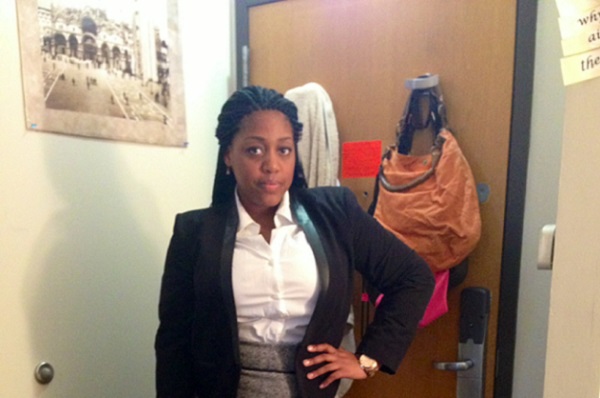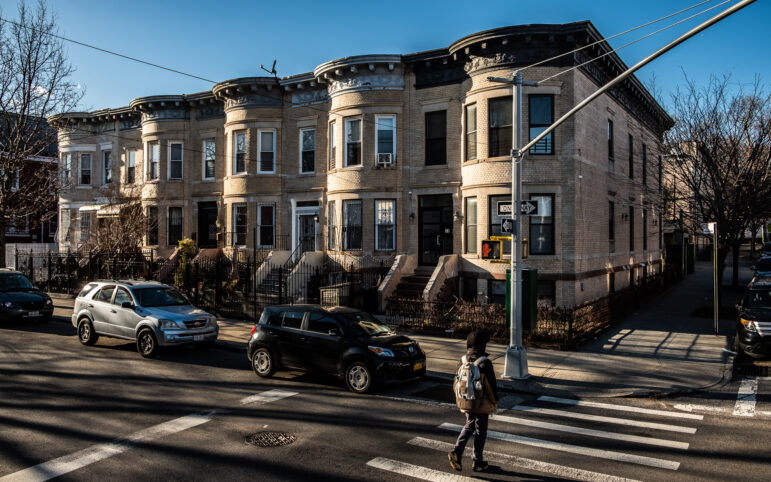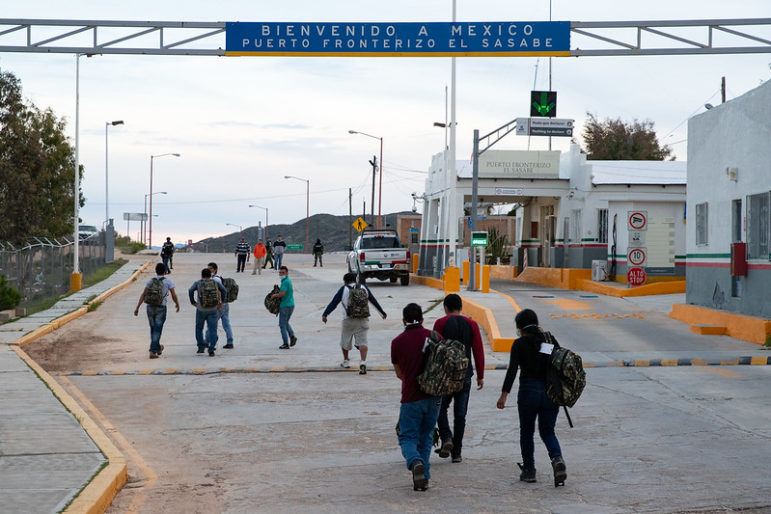
Photo by: Shevanna Cole
“Students knew things that I just didn’t know,” Cole says of her first days at college.
This is a sidebar to our in-depth story on the non-academic elements of college readiness. Read that piece here.
For Shevanna Cole, whose high-school career was so stellar she was featured on NY1, a reality check about her preparation for college came when she arrived on the bucolic Skidmore College campus in update New York two summers ago as an entering freshman. She had been accepted through the Higher Education Opportunity Program, the New York State program established in 1969 to provide economic support and guidance to “educationally and economically disadvantaged students” in private colleges. (It followed in the footsteps of the Education Opportunity Program for state universities and SEEK and College Discovery in four-year and two-year CUNY colleges.)
Around her were students much like herself, the cream of many public high schools, the first in their families to go to college. “We were expecting a lot of summer fun; instead we were pushed in a way we hadn’t been pushed before,” she remembers now as a sophomore. Cole who had gotten A’s for her writing in high school was now getting C’s and D’s. “People really questioned my writing. I got a lot of negative feedback,” she said. “They really wanted me to be at a more advanced level.”
But the real shock came in the fall when the HEOP students joined regular classes with the rest of Skidmore’s student body of 2,600 where the tuition and room and board runs nearly $46,000.
“Students knew things that I just didn’t know,” she said. “I took really basic classes in high school. To come up here and see that, I could really understand the differences in the educational system between those who have and those who don’t.
“I’m a business major. Even though I had taken an economics class in high school, I didn’t even know what a demand curve was. I had to learn everything from the beginning and everyone else had a big head start.”
While she is finishing up her second year and making plans for the summer, during her first year she became uncertain about herself. “I had many moments when I wondered if I had made the right decision. I had many things against me and nothing in my favor. I was questioning myself and whether I was good enough to succeed.” She eventually found herself. “I started to find the strengths at what I was really good at,” said Cole. While she sometimes isn’t a great test taker, she realized her strengths are in writing so she looked for classes that required papers rather than just taking tests.
If she could give advice to other first generation college students from low-income backgrounds, Cole would tell them, “Remain focused on what got you started in this direction in the first place.” What helped her find herself in the dark days of her first year was what motivated her to go to Skidmore in the first place. “I wanted a better life,” she said. “I thought of so many of the people I know, my family, people in my surrounding area and lots of other people, who didn’t have a chance to go to college. I wanted to take advantage of what is offered me.”
Last summer she worked as a college coach working with students back at her old school, Cypress Hills Collegiate Preparatory School in Brooklyn, through CARA.
“I kind of used myself as a model so the students could understand that what they did in high school is nothing like what will come. I was frightening some people. But I just wanted to make them aware of what they’re going to go through and make them understand that they aren’t the only ones struggling.”








